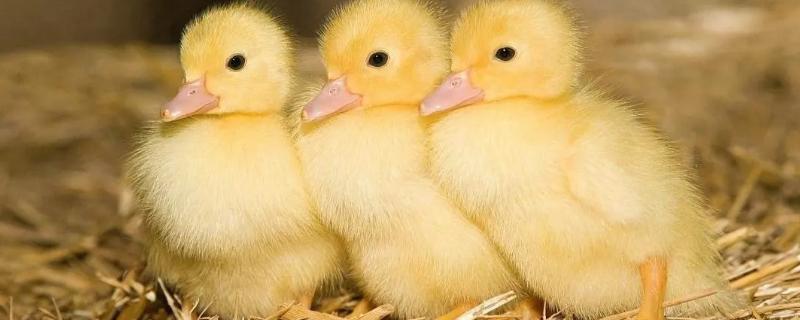


Temperature is the primary factor for duck egg hatching:
Only the appropriate incubation temperature can ensure the activities of various enzymes in the eggs, thus ensuring the normal material metabolism and development of the embryo.
The duck egg is larger than the egg. In terms of unit weight, the heat dissipation of the eggshell surface is not as good as that of the egg, and the eggshell and shell membrane are thicker.
Therefore, in the early stage of incubation, the temperature sensitivity is not as good as that of chicken embryo, and in the later stage, the heat dissipation of embryo is not as good as that of chicken embryo. In addition, the fat content of egg yolk is higher than that of chicken. Due to the enhanced fat metabolism in the second half of incubation, a large amount of body heat must be discharged.
Therefore, the incubation temperature of duck eggs should be about 1 ℃ lower than that of chicken eggs in the middle and later stages of incubation, and the measures of drying eggs should be taken in the later stage of incubation. Generally, the appropriate temperature range of duck embryos is 37-38 ℃. Too high or too low temperature will affect the normal development of embryos, and in serious cases will cause embryo death. When the temperature is high, the embryo development is accelerated, the incubation period is shortened, and there are more weak chicks in the brood;
If the temperature exceeds 42 ℃ for 2-3 hours, the embryo will die. On the contrary, if the temperature is low, the embryo will develop slowly, the incubation period will be long, and the quality of the duckling will be poor.
Therefore, in the incubation process, a reasonable temperature application scheme can be formulated according to the specific conditions of the incubator and the season, variety (line) and the performance of the incubator. Generally, the three-dimensional incubator is used, and the following two implementation schemes can be referred to.
(1) Constant temperature incubation, which is a heating scheme for batch incubation.
To meet the needs of different embryo age eggs. Usually there are 3-4 batches of eggs in the incubator. When the room temperature is too high, the metabolic heat of the whole batch of incubation must be greatly excessive in the middle and late stages of incubation. Batch incubation can make full use of the metabolic heat as a heat source, which can reduce the "self temperature" overheating and save energy.
When incubating at constant temperature, the positions of the new and old eggs must be staggered, so that the excess heat of the old eggs is absorbed by the new eggs, which solves the contradiction between the low temperature of the new eggs and the high temperature of the old eggs under the same temperature, thus improving the hatching rate.
Generally, the air temperature in the machine is controlled at 37.8 ℃. However, it should be noted that the temperature difference between up and down, front and back, left and right in the incubator should not be too large. The smaller the temperature difference is, the more conducive to incubation. Generally, the temperature difference should not exceed 0.1-0.2 ℃. The temperature difference can be solved by adjusting the inlet and outlet air holes.
If the temperature difference is large, attention should also be paid to timing adjustment to reduce the impact of temperature difference on incubation rate.
(2) Variable-temperature incubation, also known as batch incubation, is applicable to the incubation method used when the source of breeding eggs is sufficient.
Mountain duck eggs are large, especially large meat duck eggs, with high fat content. After incubation for 13 days, the metabolic heat rises rapidly. If the temperature of the incubator is not changed, it will cause local overheating in the incubator and cause the death of | pregnant eggs.
Different incubation temperatures are adopted for seed eggs of different embryo ages to facilitate the growth and development of rudin embryos, especially to reduce the death of early and late embryos.
The temperature of the first day of incubation is 39-39.5 ℃, the second day is 38.5-39 ℃, the third day is 38-38.5 ℃, and the fourth day is 37.8 ℃. When using variable temperature incubation, the temperature difference in the machine should be reduced as much as possible. In addition, the temperature adjustment should be fast and accurate, especially in the first three days of incubation.